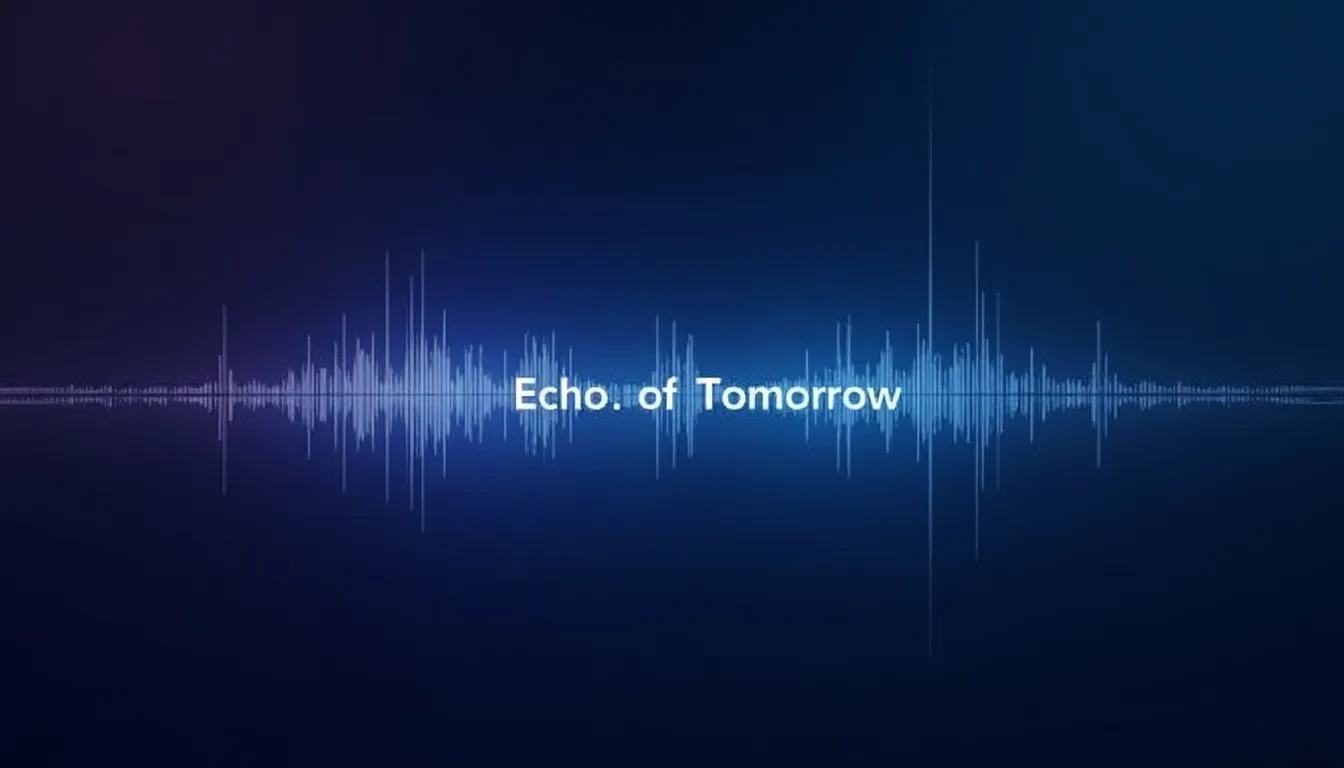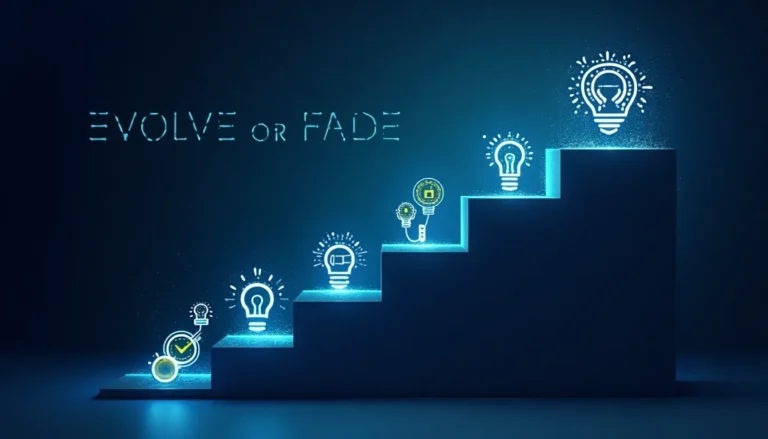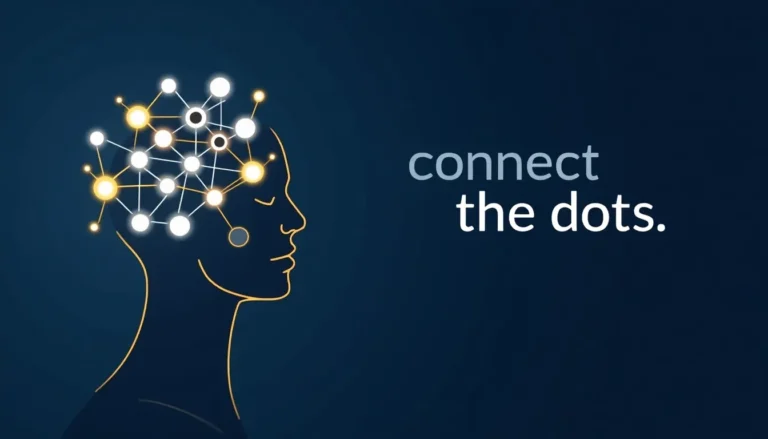Your voice is unique. It’s part of your identity.
But what happens when AI can replicate it perfectly?
Voice AI isn’t just about Siri or Alexa anymore. It’s about creating digital versions of human voices that are indistinguishable from the real thing.
This technology is already here. Artists are using it to sing in languages they don’t speak. Business leaders are using it to deliver speeches in multiple languages simultaneously. Content creators are scaling their reach without spending hours recording.
But with great power comes great responsibility.
The same technology that lets you create audiobooks in your voice could be used to impersonate you. The tool that helps you reach a global audience could be used to spread misinformation.
So what’s the solution?
Embracing the technology while establishing clear boundaries. Understanding its capabilities while acknowledging its risks. Using it to amplify your authentic voice, not replace it.
Your digital voice is a tool, not a replacement. It’s an extension of your reach, not your identity.
The question isn’t whether to use voice AI, but how to use it responsibly.
What will your digital voice say?



